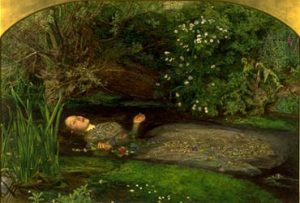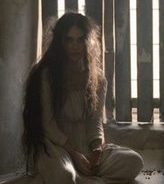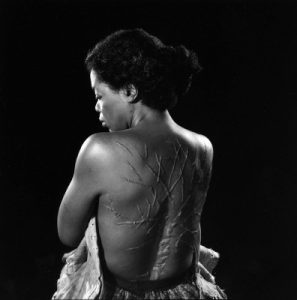 It’s March, and we all know what that means…March Madness! Because we’re the Women’s National Book Association and not the Women’s National Basketball Association, we’re putting a bookish twist on March Madness. Read about a few “madwomen” in classic literature: Ophelia, Bertha, and Sethe.
It’s March, and we all know what that means…March Madness! Because we’re the Women’s National Book Association and not the Women’s National Basketball Association, we’re putting a bookish twist on March Madness. Read about a few “madwomen” in classic literature: Ophelia, Bertha, and Sethe.
HAMLET
Shakespeare shows us Hamlet’s Ophelia, whose descent into “madness” makes her unable to

“Ophelia” by John Everett Millais
Courtesy of the Tate Galleries
speak in a language anyone understands; instead, she gifts those around her with songs and flowers before “falling” into a river. But what causes her mental state? She can’t fend for herself in a male-dominated world and the men entrusted with her agency aren’t around. Her subsequent floral gifts and nonsensical singing seem to be her only resort: she cannot speak on the political register where her father has previously been her mouthpiece, so she relies on beautiful things (the permitted realm of women) to express herself. Even her death is silenced; though we hear about it from a woman—Gertrude—the audience doesn’t bear witness to the moment of Ophelia’s fall, left eternally to interpret whether she fell or jumped.
JANE EYRE

Valentina Cervi as Bertha Mason in Jane Eyre (2011)
Courtesy of Luminous Reflections
During the Victorian era, the “madwoman in the attic” became a trope of the woman locked away from polite society for her perceived social infraction of insanity. The issue with locking someone in an attic aside, the question remains whether these women were really “madwomen.” Jane, the focal point of Charlotte Brontë’s Jane Eyre, receives a foil in Rochester’s first wife Bertha. Imprisoned and unable to express herself because of her removal from society, she must assert herself through destruction. Really, though, she’s never fit in: half-English and colonially raised, she’s always been an oddity unsuited to polite English company. But as we learn about her “madness,” we learn from Rochester. Yes, her actions don’t seem reasonable. To be fair, she’s been locked up for years while her husband denies her existence—who’s to say what her mental state was before Rochester stuck her in the attic (other than Rochester himself, a decidedly biased observer)?
BELOVED

Oprah Winfrey as Sethe in Beloved (1998)
Courtesy of FanFiction Blog
Lest we forget the twentieth century, Toni Morrison’s Beloved gives us ample opportunities to explore how the past and the horrific conditions of slavery Sethe was forced to endure come back to haunt her (sometimes literally). The people around Sethe castigate her and the other women in her house as “madwomen,” but, while I’m not qualified to evaluate Sethe’s actions and mental state psychologically regarding definitions of posttraumatic reactions, it’s more thanunderstandable that the past remains present in Sethe’s mind; between her treatment while she was a slave, her escape, and her actions when she feared men would recapture her and her children, there’s plenty to prompt mental unease. Where Beloved remains more ambiguous than Hamlet or Jane Eyre is in reality: readers are sucked into the novel, witnessing Sethe’s past through her disordered and occasionally euphemistic flashbacks, but her child’s reemergence (whether supernaturally or psychologically) makes reality elude readers just as much as it may elude Sethe.
Next week, we’ll have the second part of the series: March Madness: The Minds of Female Writers. Until then, feel free to share your thoughts about depictions of other “madwomen” in classic literature in the comments!




